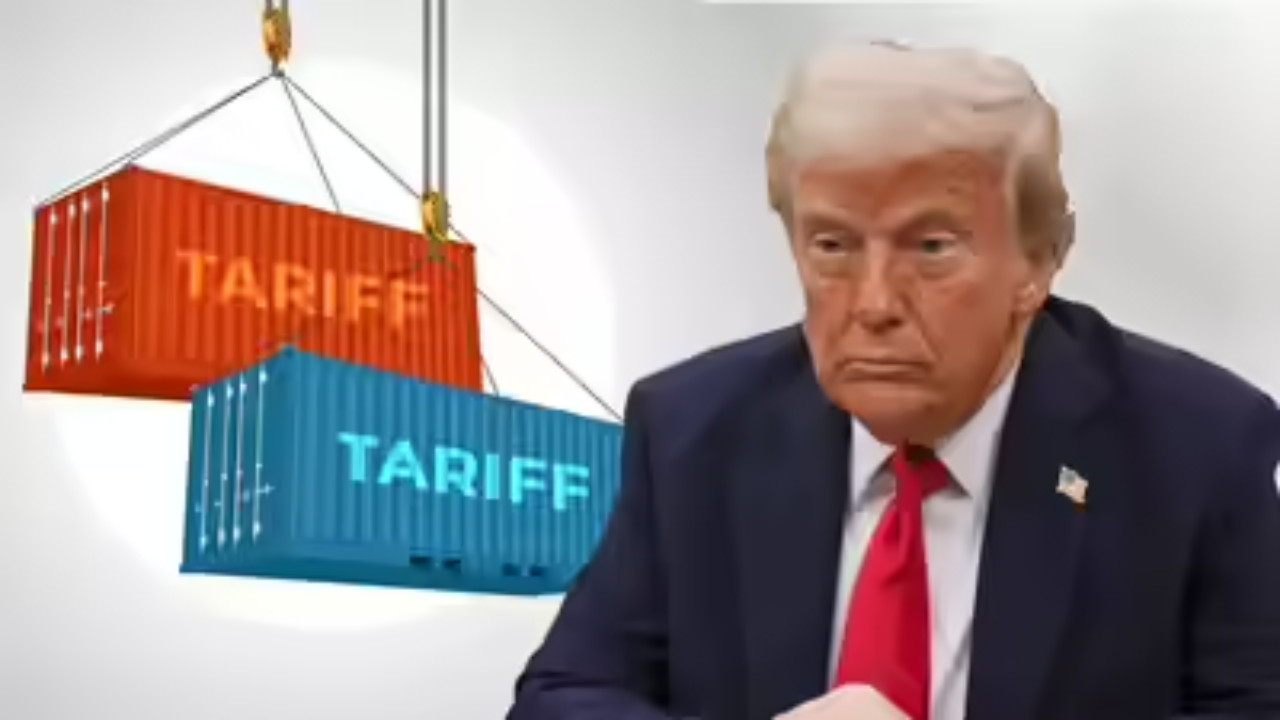The US average tariff rate has surged to 20.1%, marking its highest sustained level since the 1910s, driven by President Trump’s pursuit of “reciprocal” trade. This increase, particularly targeting Chinese goods, reverses decades of trade liberalization. Trump defends the tariffs, citing positive impacts on the stock market and national revenue, while warning against judicial reversals that could trigger economic collapse.
A Century-High: Are We Witnessing a Trade War Throwback?
The global economic landscape feels increasingly like a high-stakes chess game, and recently, a rather alarming move has been made. The United States, embroiled in a tariff tussle with various nations, has seen its average applied customs duties surge to a staggering 20.1%. Now, that number might seem abstract, but here’s why it should grab your attention: it’s the highest level recorded since the tumultuous decade of the 1910s – a period defined by World War I and seismic shifts in international relations.
Think about it. The last time tariffs were this high, the world was on the brink of – and then consumed by – a global conflict that reshaped empires and economies. Are we heading down a similar path? The World Trade Organization (WTO) and the International Monetary Fund (IMF) are sounding the alarm bells, and their concerns are far from hyperbolic. They fear that this surge in protectionist measures could trigger a widespread rollback of global trade, potentially plunging us into an era of economic stagnation.

The Ripple Effect of Rising Tariffs
The impact of these tariffs isn’t confined to government spreadsheets and trade negotiations. They hit everyday consumers. Increased duties translate directly into higher prices for imported goods. That new gadget you’ve been eyeing? Suddenly more expensive. The raw materials used by local manufacturers? Their costs are escalating.
Businesses, particularly small and medium-sized enterprises (SMEs), are feeling the squeeze. Higher import costs can cripple their competitiveness, forcing them to either absorb the losses, raise prices (risking customer loss), or even worse, scale back operations or close their doors entirely.
Furthermore, this protectionist trend creates a climate of uncertainty that stifles investment. Why would a company invest heavily in expanding its production capacity if it’s unsure whether it can access foreign markets or afford the necessary imported components? This hesitation dampens economic growth and innovation.
What’s Fueling the Tariff Frenzy?
Several factors are contributing to this resurgence of protectionism. One major driver is the desire to protect domestic industries from foreign competition. The argument often goes that tariffs safeguard jobs and promote national economic security. While this may hold some truth in specific cases, history shows that widespread tariffs rarely achieve these goals and usually backfire.
Another factor is geopolitical tension. Trade has become a weapon in international relations, with countries using tariffs to pressure each other on a range of issues, from human rights to intellectual property. This tit-for-tat escalation can quickly spiral out of control, harming all parties involved.
Finally, the rise of populism and nationalism in some countries has fueled a desire to “bring back jobs” and “protect national interests,” often at the expense of international cooperation and free trade.
Is a Global Trade Rollback Inevitable?
The WTO and IMF are understandably worried about the consequences of these US tariff duty increases. A significant rollback in global trade could lead to slower economic growth, higher inflation, and increased poverty. It could also undermine the rules-based international trading system, which has been a cornerstone of global prosperity for decades.
However, it’s not all doom and gloom. There’s still time to course-correct. Countries can choose to de-escalate trade tensions, negotiate mutually beneficial trade agreements, and strengthen the WTO to ensure a fair and open trading system. Investing in workforce development and innovation can also help domestic industries adapt to a changing global economy without resorting to protectionism.
Explore other strategies for navigating challenging economic times in our article on [supply chain resilience](link-to-internal-article-on-supply-chain).
Navigating the New Trade Reality
The current situation demands a nuanced and proactive approach. Businesses need to diversify their supply chains, explore new markets, and invest in innovation to remain competitive. Policymakers need to resist the temptation to engage in protectionist measures and instead focus on creating a level playing field for all countries.







